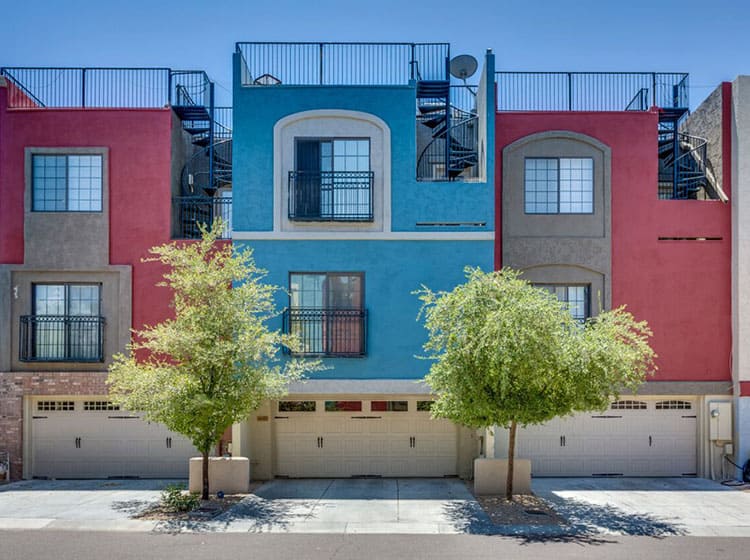Seasonal Factors To Consider For Industrial Exterior Painting: What You Required To Know
Seasonal Factors To Consider For Industrial Exterior Painting: What You Required To Know
Blog Article
Developed By-Regan Chaney
When you're intending a business exterior painting project, seasonal variables can make or damage your outcomes. https://www.homesandgardens.com/news/blake-lively-and-ryan-reynolds-house-color 'll wish to consider how temperature and moisture effect paint application and drying out times. Picking the best period can ensure your paint sticks effectively and lasts longer. Yet which periods are genuinely the very best for this kind of work? Allow's explore the key elements that can influence your task's success.
The Impact of Temperature on Paint Application
When you're intending an industrial external painting project, the temperature level can significantly influence how well the paint sticks and dries.
Ideally, you want to paint when temperatures range in between 50 ° F and 85 ° F. If it's also cold, the paint might not heal appropriately, causing problems like peeling off or fracturing.
On the flip side, if it's as well warm, the paint can dry too swiftly, stopping proper bond and causing an uneven coating.
https://garage-painters-near-me10840.bloggosite.com/41263037/improve-your-home-s-visual-allure-the-advantages-of-employing-expert-house-painters ought to additionally think about the moment of day; early morning or late afternoon provides cooler temperatures, which can be much more favorable.
Always examine the maker's recommendations for the particular paint you're using, as they frequently offer assistance on the ideal temperature level array for ideal results.
Moisture and Its Result on Drying Times
Temperature level isn't the only ecological element that influences your industrial exterior paint project; humidity plays a significant duty as well. High moisture levels can slow down drying times drastically, affecting the overall quality of your paint job.
When the air is saturated with moisture, the paint takes longer to cure, which can bring about problems like inadequate attachment and a higher threat of mildew growth. If you're painting on an especially damp day, be planned for extended delay times in between layers.
It's crucial to check neighborhood weather and plan accordingly. Preferably, aim for humidity degrees between 40% and 70% for optimal drying out.
Maintaining these factors in mind guarantees your task stays on track and delivers a long lasting coating.
Best Seasons for Commercial Exterior Paint Projects
What's the best season for your industrial exterior painting tasks?
Springtime and early fall are normally your best bets. During these seasons, temperatures are mild, and moisture degrees are usually lower, creating suitable problems for paint application and drying.
Stay clear of summer's intense heat, which can trigger paint to completely dry also rapidly, bring about poor attachment and coating. In a similar way, winter season's chilly temperature levels can prevent proper drying and healing, risking the durability of your paint work.
Aim for days with temperatures between 50 ° F and 85 ° F for ideal results. Bear in mind to inspect the neighborhood weather prediction for rainfall, as damp conditions can destroy your task.
Planning around these aspects guarantees your paint job runs smoothly and lasts much longer.
Conclusion
Finally, intending your industrial external paint jobs around seasonal considerations can make a substantial distinction in the result. By scheduling work throughout the ideal temperature levels and moisture levels, you'll make sure much better adhesion and drying out times. Bear in mind to watch on regional weather prediction and choose the right time of year-- spring and very early fall are your best choices. Taking these actions will help you attain a resilient and professional surface that lasts.
